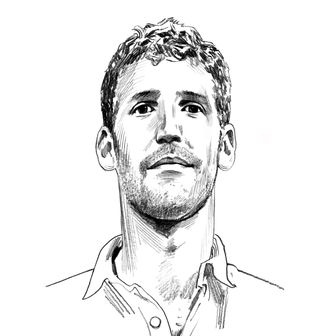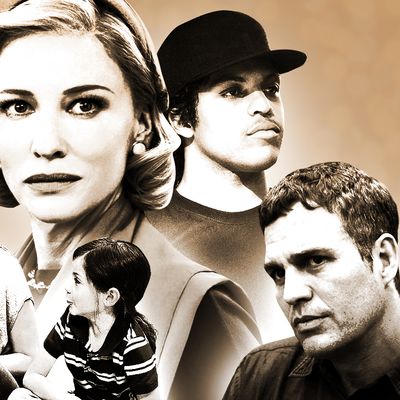
As much as the modern franchise era has introduced a certain algorithmic predictability to Hollywood, the art of making movies is still, at its heart, more an alchemy than a concrete science — and few people in the business have learned that lesson better than casting directors. How do you cast a couple whose chemistry must carry a film? How do you find actors who can embody a particular period? And how do you make sure the kid you’re looking at can actually act?
As the casting directors we talked to for this story told us, it’s often a matter of intuition, informed by close relationships with their directors, years of experience, and (sometimes) just looking at as many actors as possible. Here are the tales of how six of this year’s most critically acclaimed movies found their stars.
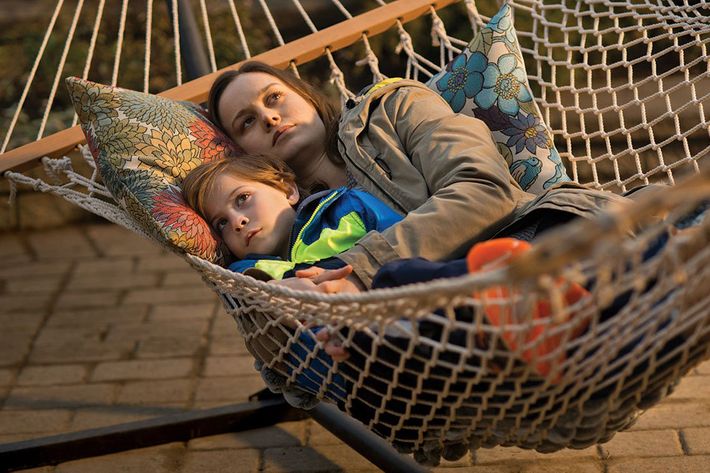
ROOM
In 2015, there may not have been a more difficult role to cast than Jack, the young protagonist of Lenny Abrahamson’s Room. It’s a hard enough task to write a novel from the perspective of 5-year-old boy, as Emma Donoghue did in the book the movie is based on; it’s quite another to find an actual child actor who can handle the complicated demands of a character whose sense of reality is shaken immeasurably over the course of a film.
“The first thing I thought was, How on Earth do you find a child to do that?” says casting director Fiona Weir, who won the Casting Society of America’s Artios Award for her work on the film. “Lenny and I talked about the process of casting a child. We would have to cover a lot of ground and keep going as long as we could, and when time was up, we would see what we had.”
Fortunately, Weir had experience finding talented child actors; she previously cast Love Actually and the last five Harry Potter films. With the help of her colleagues in America, she set up a system for checking out as many children as possible: A partner in New York and an associate in Los Angeles helped evaluate tapes sent in from all across the country. By the end of the six-month casting search, she says, the team had looked at “easily thousands” of children.
“What’s interesting about casting children is, some children understand instinctually how to be still in front of a camera,” Weir explains. “That isn’t something you can teach kids; it’s something they understand or not. Acting on-camera is about being, not about performing, the way that children often do in school plays, making something bigger. It’s not always the noisy kids that we’re looking for; it’s the quiet kids at the back.”
One of those quiet kids was 7-year-old Jacob Tremblay, who caught their attention fairly early in the casting process. Tremblay was an experienced child actor — he’d appeared in Smurfs 2, though that fact probably won’t be mentioned in his lifetime-achievement-award reels 80 years from now — and he had the interiority Weir and Abrahamson wanted to see. “It was very evident how gifted Jacob was,” Weir says. “He’s a really bright and inventive child.”
When it came time to find Jack’s mother, the casting team enjoyed the opposite problem. Hollywood is currently home to an abundance of talented young actresses, and the Room script quickly became a hot property among them. “It’s such a demanding, complex role,” Weir says. “I went through many ideas with Lenny, but it very quickly came down to quite a small group. Brie Larson emerged as the favorite from there.”
Discretion is one of the most important tools in a casting director’s toolbox, and like the others interviewed for this story, Weir declined to name the actors who didn’t get the part. But in a 2014 Vulture profile, Larson and her friend Shailene Woodley recalled the experience of battling for the role: “I knew it was down to the two of us,” Larson said, “and I realized that, either way, the movie would be amazing.” Added Woodley: “I just wanted the movie to be made. And I know Brie will be brilliant.” She was right: As those who were vying for the role likely foresaw, Room got Larson an Oscar nomination; she’s currently the front-runner for Best Actress.
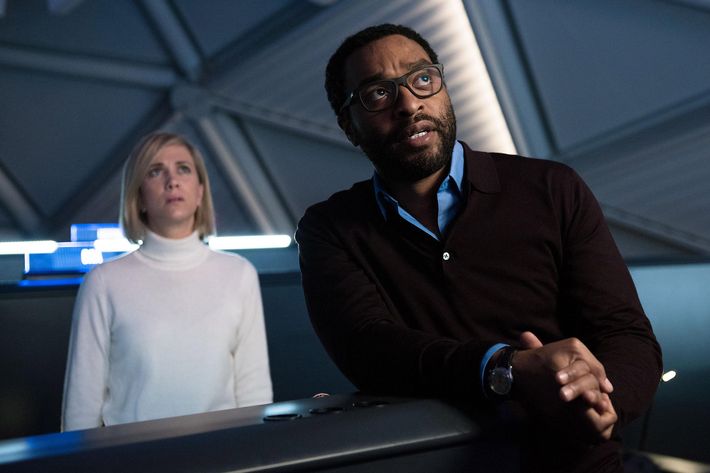
THE MARTIAN
Ridley Scott’s The Martian often feels like a throwback to the Hollywood films of yore, and not just because of its optimistic, can-do spirit; like ‘70s disaster films Airport and The Towering Inferno, it’s filled to the brim with famous people. (In 2013, Chiwetel Ejiofor was the lead in a Best Picture winner. Here he is the tenth-highest-billed actor.) The Martian’s cavalcade of stars was a way to make every member of the film’s stacked ensemble “pop” for the audience, as Carmen Cuba, who cast the film alongside Nina Gold, explained. “We were really trying to make sure that each person playing each role was very distinct in as many ways as possible, even more than usual,” Gold told Vulture over email. As the film’s action jumps between Matt Damon on Mars, the astronauts on the ARES spaceship, and the crew back at NASA, having recognizable actors like Sean Bean in supporting roles helped keep everyone from blurring together, as they sometimes do on Bean’s old show.
Having a familiar face pop up in every scene also made the jargon-heavy bits of the script go down easier. “Because there was a lot of science talk,” Cuba says, “we also wanted actors who would feel slightly surprising.” That way, the film could go deep into the weeds of Mark Watney’s science adventures without it feeling, she says, “like homework.” But finding actors who could handle all of the technical terms was a challenge of its own. Some would sail through the movie’s light banter only to trip over the multisyllabic space-verbiage; others could play the science like experts but then come off too heavy or too cold.
Some of the actors who found the right blend, like Kristen Wiig and Donald Glover, turned out to be comedians. Cuba credits the idea to consider them to her experience casting Steven Soderbergh’s The Informant!, which found serious roles for comics like Paul F. Tompkins and Patton Oswalt. Ever since, she’s tried to get in the habit of bringing in funny people to read dramatic parts. “It definitely doesn’t always work, but comedians have an inventive way of interpreting dramatic material that doesn’t come as naturally to a traditional dramatic actor,” she says. The diverse blend of acting styles also added to the genre cross-pollination on display. Is The Martian an action film? A sci-fi movie? A comedy, as the Golden Globes decided? The right answer, of course, is all of the above.
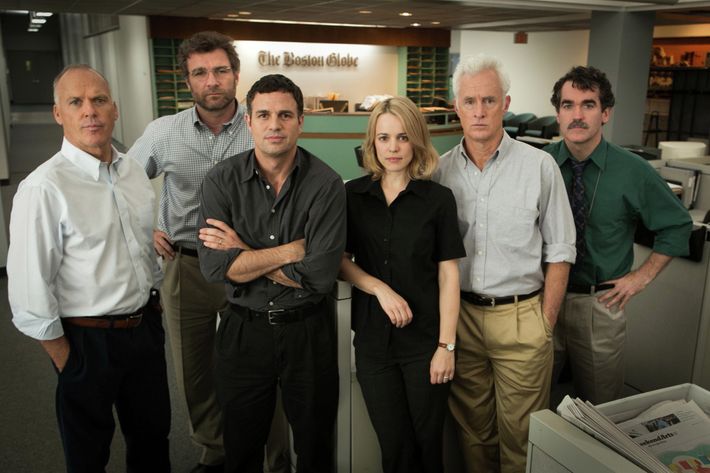
SPOTLIGHT
While the action of The Martian revolves — sometimes literally — around its Oscar-nominated star, the casting directors of Tom McCarthy’s Spotlight had to take care that no one member of the Boston Globe investigative team overshadowed the others. “We were all very sensitive to the fact that it’s a real ensemble film,” casting director Paul Schnee says. “There’s no lead role.” Mark Ruffalo was the first actor to sign on, and Schnee and his partner Kerry Barden filled out the rest of the team with equally low-key A-listers, like Rachel McAdams and Michael Keaton — movie stars, but not movie stars. Continuing the casting directors’ philosophy of “balance,” Spotlight’s main actors all submitted themselves in the supporting categories, with both Ruffalo and McAdams picking up Oscar nods for their work.
When casting the film’s leads, “emotional energy” was the watchword: To believably play an investigative reporter, each actor had to settle onto a very specific wavelength. They needed to find a way into the Spotlight team’s dogged determination — as well as their guilt for not investigating the abuse story years earlier — all while underplaying the film’s emotional moments to let the tension rise. “Everything is bottled up,” Barden recalls. “No one explodes until the very end.” For the characters who were involved in covering up the sex-abuse scandal, a certain sympathy was necessary. “Tom was very sensitive to the fact that he didn’t want to vilify anyone,” Barden says. “It wasn’t ‘good guys, bad guys.’ There were a lot of honorable people who covered up things that were dishonorable.”
Less important was the need to cast look-alikes. The casting directors say they didn’t meet with, or even look at, the real-life people involved in the story. (Nevertheless, Liev Schreiber and Marty Baron ended up sharing a resemblance.) Cultivating an authentic “Boston” vibe mattered more, especially in what turned out to be the hardest role to cast: that of Patrick McSorley, a survivor who struggled with addiction. “He comes from Southie, which is a very certain socioeconomic world,” Schnee says. “Nothing other than the real thing was working in that role.” With the help of colleagues in Boston, the casting directors ended up finding Jimmy LeBlanc, a local actor who works part-time in a sheet-metal union. He’s only in the movie for one scene, but both casting directors offer up effusive praise for his work. In a fitting twist, LeBlanc is now getting profiled in the real-life Boston Globe.
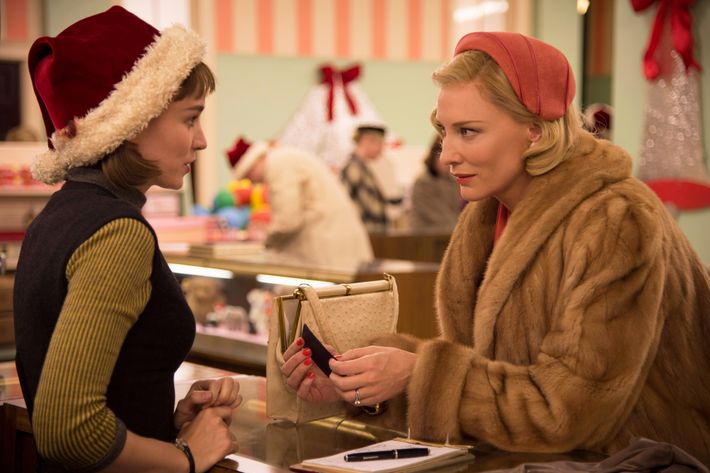
CAROL
The search for balance also occupied Carol’s Laura Rosenthal, who has cast every Todd Haynes project since Far From Heaven. She describes their collaborative process in dreamlike terms, calling it a “very layered experience, almost like we’re brother and sister.” Cate Blanchett had already signed on to play the title role in the ‘50s melodrama, and Rosenthal’s first task was to find a woman to play Therese, Carol’s object of desire. She considered unknowns for the part — she says she always does — but she soon realized that the role had to be filled by a recognizable actress. For the romance to work “chemically,” they needed someone with stature. Besides that, it was important for whoever played Therese to be as different from Blanchett as possible. “She had to feel very ‘other’ from Cate, in her upbringing, her look, her age,” Rosenthal says.
But what did “other” mean? The definition was wide open. “It’s important to lay it out from an organic place,” Rosenthal says. “There isn’t exactly a map to follow, but there are different doors to open, depending on what you need. You settle into this idea of this woman, her age range, and within that, you subdivide it, and then eventually you get to your final destination.” That destination turned out to be Rooney Mara. She’s prickly and elfin where Blanchett is languid and graceful, and 16 years younger to boot. Both actresses received Oscar nominations: Blanchett in lead, Rooney — controversially — in supporting.
Filling out the movie’s trio of leads was Carol’s jealous husband, Harge, a tough part to cast in a rare female-led film. “Finding an actor to support an actress is generally very challenging,” Rosenthal says. “It’s like asking a man to do the ‘girlfriend’ part.” In other words, the fragile masculine ego can’t always handle it. But Kyle Chandler, an actor who played off powerful women in Friday Night Lights and Zero Dark Thirty, was up to the task. “Kyle Chandler was a champ,” Rosenthal says. “He understood the vulnerability, the sensitivity of the part.”
Chandler was also “the right kind of macho,” one that seemed at home in the Eisenhower era. For Haynes, whose films often seem to mimic the look of postwar cinema down to the finest detail, such authenticity was paramount. To get into the right mind-set for populating Carol’s version of a vanished New York City, he and Rosenthal went scrapbooking and ended up absorbing countless images and films from the early ‘50s. “You get into the mind-set of the period,” she says. “You start to feel it in a more active way. It gets instinctual — you do fight against someone feeling too modern. It’s a super-fun way of looking at the face.”
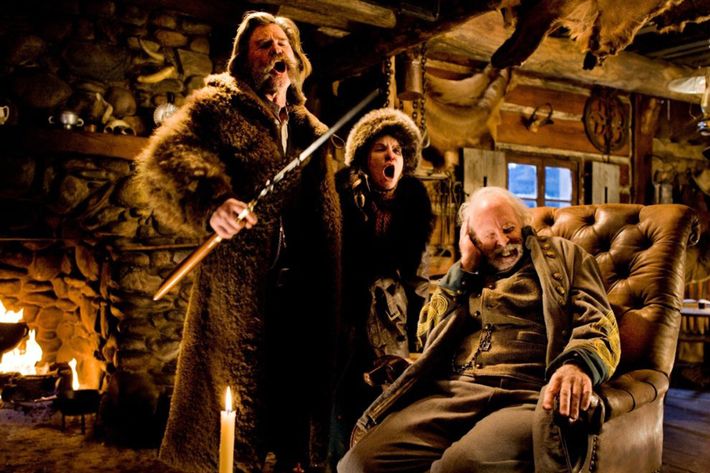
THE HATEFUL EIGHT
Quentin Tarantino’s The Hateful Eight takes place even further in the past than Carol, but Tarantino’s approach to casting a period piece is, as you might expect, slightly different: Instead of wanting his cowboys to look like actual cowboys, he wanted them to look like actors who were playing cowboys on TV. “We had discussions about supporting actors in Bonanza, The Rifleman,” says Victoria Thomas, Eight’s casting director. “Taking the guys who would have been the guest stars in those old episodics and giving them the lead roles.”
Eight was Thomas’s second film with Tarantino; she previously cast Django Unchained. “We always say to each other, ‘We grew up in the same house, miles apart,’” she says. “We watched all the same shows, we have a lot of the same references. He tests me on knowing obscure character actors, throws out a name and looks over to see if you know who it is.” After the film’s script leaked online, she acted as Tarantino’s “sounding board” for the Hateful Eight staged reading, in which the pair pulled mostly from the director’s de facto repertory company: Sam Jackson, Tim Roth, Michael Madsen. After all, once you’ve played Mr. Blonde, you shouldn’t have to audition for a Tarantino project ever again.
As planned, most of the main cast accompanied the script from stage to screen. Along the way, however, Tarantino and Thomas decided to make a few slight changes. Bob the Frenchman became Bob the Mexican. Daisy Domergue, played by Amber Tamblyn in the reading, was reimagined as being a little bit older. The pair were now faced with the heavy task of finding a new female lead. “She had to be fearless, combative, vulgar,” Thomas says. “Someone with a Courtney Love attitude.”
Tarantino’s auditions take place at his home: Actors sit on his couch and read through the script, with the director and Thomas playing the other roles. (“On Django, I was a really good Sam Jackson,” she says proudly.) “It’s a fun process, and very intimate,” Thomas adds. “It’s interactive. You’re not just sitting around.” When Jennifer Jason Leigh came in, she was struck by her intensity: “Even in a cold reading, she just went for it. BOOM! Punk rock from the start.” Afterward, Leigh was effusive with her praise for the process. “You feel the world slip away, and it’s just you and him, and it’s so easy to give your all because he’s giving his all,” she told Vulture in December. “It was so freeing and so much fun … I just thought, Fuck, man, if that’s the closest I get, I just had such an amazingly brilliant afternoon.” In the end, there was nothing to worry about. She got the role, and a Best Supporting Actress Oscar nomination for her trouble.
Once the awful octet had been hired, it was time to cast the role of Jody — spoilers for The Hateful Eight coming! — which eventually went to Channing Tatum. The first choice couldn’t make it, and though everyone loved Tatum for the part, it didn’t look like the A-lister’s schedule would work. Thanks to either luck or some graceful pirouetting of the calendar, he was able to come aboard. “In that part, it was, Who’s going to be able to tell Michael Madsen and Tim Roth what to do?” Thomas recalls. “You don’t just push Madsen around. It needed to be someone who could conceivably give him an order.” With his hulking frame and leading-man charm, Tatum could command the room effectively — as the buckets of blood spilled in the film’s climax attest.
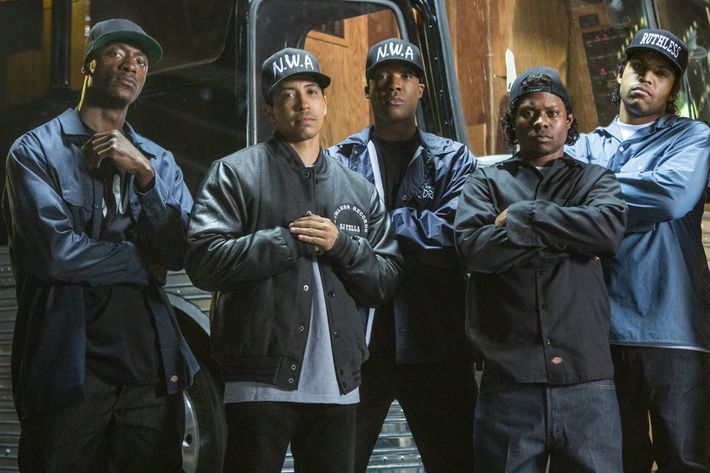
STRAIGHT OUTTA COMPTON
Casting directors work on multiple films over the course of the year, and Thomas won her first Artios Award for her work on another of this season’s awards contenders: Straight Outta Compton, which she joined in the middle of casting. Director F. Gary Gray had originally intended to fill the N.W.A biopic with non-actors, like Beasts of the Southern Wild, and brought on that movie’s casting director, Cindy Tolan, to help him find “real people.” An open casting call in Compton brought in 1,500 people, all very real, but that plan soon proved untenable; the three lead roles were too much for nonprofessionals. “We realized through the process that you need trained actors with skill and technique,” Tolan says. “Guys who can carry a Hollywood film.” Still, keeping that sense of authenticity was paramount: “This is an audience you cannot play around with. They can tell when something’s not real,” she says.
Both Tolan and Gray expected Eazy-E, the film’s doomed hero, to be the hardest role to cast, but they struck gold early. “Jason Mitchell had been acting for a couple of years, but he was not making a living as an actor,” Tolan recalls. “He was a line cook in New Orleans.” Mitchell sent a tape in, then performed the scene where Eazy-E discovers he has AIDS over Skype. When it was over, Gray told his casting director, “This is my guy.” No one else was even invited to screen-test.
The role of Ice Cube was harder to fill. “He’s quite a personality,” says Tolan. “He’s very gifted and very shrewd, but also of the street. That’s a very charismatic thing to possess.” And rare, too — none of the initial candidates could quite pass the test. Finally, the real Ice Cube, who was producing the film, cut the Gordian knot with a suggestion: Why not have his son try out? After all, O’Shea Jackson Jr. looked remarkably like his dad, and he had 20 years of firsthand experience absorbing the character. Everyone involved knew what this looked like, but the casting directors are keen to dispute the slightest hint of nepotism. “Gary put him through his paces,” Tolan says. “He was so nervous about what it would seem like if Shea Jackson wasn’t up to it.”
“There was a certain kind of faith, because he’s not necessarily a trained actor,” adds Thomas, who came aboard as a second eye shortly before screen tests. “But we thought we should take the chance, and Shea stepped up. He stepped up in the auditions, he stepped up in the screen test, and he stepped up in the movie.”
The way the casting directors tell it, those screen tests were the moment the film came together. Hopefuls were chosen for their emotional authenticity first, their resemblance to the real-life people second, and their musical ability a distant third. Getting the actors in the studio seemed to seal it. “You had the guys rapping and singing, and everyone got so excited,” Tolan says. “As soon as they were able to sing, that’s when people were able to see it as a real movie.”
With the addition of theater actor Corey Hawkins as Dr. Dre, Compton had three young actors in place as the leads. To fill out the smaller roles and background, the casting directors then returned to the hundreds of locals who had come up through an open casting call. “We were still able to make it a real-life film, with these three guys holding the center,” Tolan says. “It became a mosaic.”


